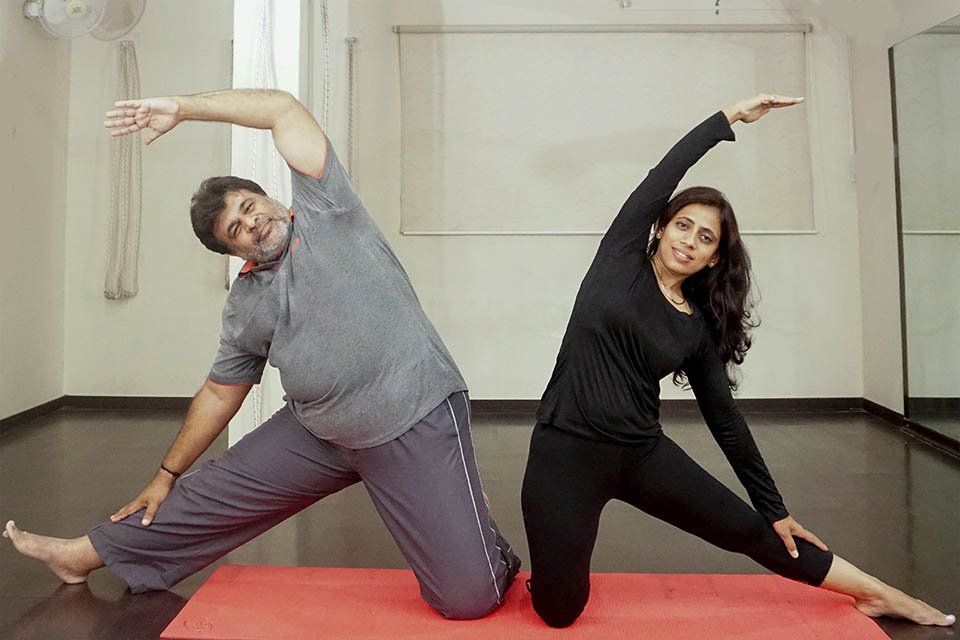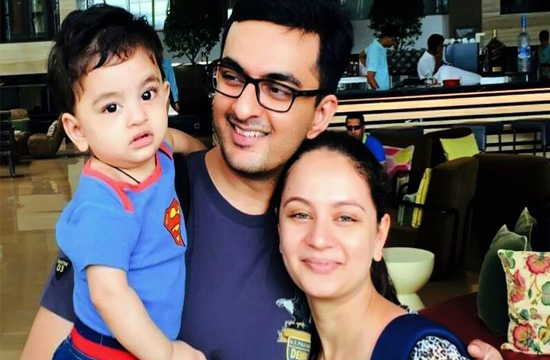It’s a simple fact that stress is a part of life. No one can avoid it. Stress is the natural way we gear up to meet life’s demands; it’s the way we react to all the challenges of our day-to-day existence—mentally, physically, emotionally, and spiritually.
Imagine a person walking down a path in the woods. Suddenly he sees a lion. His heart starts pounding, hands get sweaty, and breathing gets deeper and louder. All his senses are on alert. If the lion starts to come toward him, he’ll have to be prepared. He’ll need to either run his fastest to get away or, if that option fails, fight his hardest to conquer. To create this fight-or-flight or stress response, his body has to be able to gear up very quickly to do a lot more than it usually has to do. And it has to do so whether the threat is a lion or something far more ordinary, such as a boss who’s yelling at him, or being late for work.
Stress has been given a bad rap over the years. The truth is that some stress is actually beneficial, when the threat is actual lion; it provides the driving force to fight-or-flight. It motivates us to get things done and achieve goals. Stress becomes a problem when we to feel paralyzed and overwhelmed by the challenges before us. Then worry sets in, and we feel ‘stressed’. How we experience stress is unique to each of us. Different people are stressed by different things; equally every person expresses their stress in different ways.
Here is a list of things that can change the way one deals with stress these approaches will help to better manage in an immediately stressful situation and take a longer term perspective with the aim of preventing stress peaking at dysfunctional levels.
Yoga
Exercise may indeed be stress-reducing, as multiple studies have concluded, but the self-observation necessary to recognize and stop the deleterious effects of the stress response before it spirals out of control is the key. A daily Yoga practice provides the time and space to experience the sensations of the body and to interpret them. Is the breath short, are the muscles tense? The heart of Yoga practice resides in self-awareness, so it is appropriate that we turn to it for behavior modification. In this way Yoga may provide a framework to address the chronic stress response. It gives us techniques with which to analyze our own thought processes and finally to lay bear our true human identity. The promise of Yoga is not the easy arithmetic of “do this and that will happen.” The promise is that Yoga offers a path to self-discovery.
Relaxation
In order to change the stress response it is necessary to become familiar with relaxation. Shava-asana (corpse pose) provides the perfect training ground for relaxation. Here is an area where Yoga clearly differs from a simple exercise prescription for stress relief. Training the body to respond to the request for relaxation on a muscular level and breathing deeply create a habit of relaxation that can be very helpful in turning off the stress response.
Meditation
Anyone can practice meditation. It is simple and inexpensive and, does not require any special equipment. The best part is that one can meditate anywhere – whether one is out for walk, riding bus, waiting at airport departure lounge or even before difficult business meeting. Meditation is sort of generic term for the many ways to reach a relaxed state of being. There many types of meditation, all of which share the same goal of achieving inner peace e.g. simply breathing techniques, focusing on an object, guided meditation, mantra meditation, mindfulness meditation and engage in prayer etc.
In addition to above, other stress relievers can also make us healthier and even more attractive for example, sound sleep eating right, spend time with family, keeping our emotions in check and making us more resilient to stress.








